Most travelers head into Joshua Tree National Park expecting to car camp. And sure, waking up to a car full of gear, heavy jugs full of water, and a full cooler is nice, but you’ll hardly find solitude in one of the country’s most famous national parks if that’s your plan.
Twin Tanks Backcountry Campsites are among the most easily accessible in the park both with respect to drive time and hiking terrain. The only real rules when camping in Joshua Tree National Park’s backcountry are that you must select a site that’s at least a mile from the road, at least 500 feet from any hiking trail, and that you follow the cardinal backcountry practice of Leave No Trace.
With massive boulders peppering the expansive and desolate terrain, privacy is much easier to come by a mile or two off the beaten path than wedged in between an RV and a minivan full of kids. If you’re wandering far off-trail, be sure that you carefully navigate. It’s advised that you use GPS and detailed maps to track your location. There’s extremely infrequent cell service in the park, and unprepared travelers need emergency rescuing far too often. Expect extreme temperatures and pack more water than you think you’ll need.
Off the beaten path, the wildlife confidently roams and desert flora abounds. Twin Tanks Backcountry is nestled into the Mojave Desert, the higher, slightly wetter counterpoint to its Sonoran neighbor to the south. When traveling off-trail, it’s important to note that no two Joshua trees are alike, nor are two rock formations. Taking time to make note of prominent landmarks aids in navigation and heightens a reverence and awareness for the beauty of the desert.
Of the most notable flora, coyote melons are easy to spot. The softball-sized gourds grow on spindly vines that twist across the desert floor. Though they appear edible, they are likely to cause intestinal distress. The natives once ate the seeds after they were dried and ground, while the hollowed out gourd was used as a ceremonial rattle. As for fauna, be aware of sidewinder rattlesnakes and scorpions while keeping an eye out for a plethora of hawks, desert birds, a host of lizard species, and many small rodents.

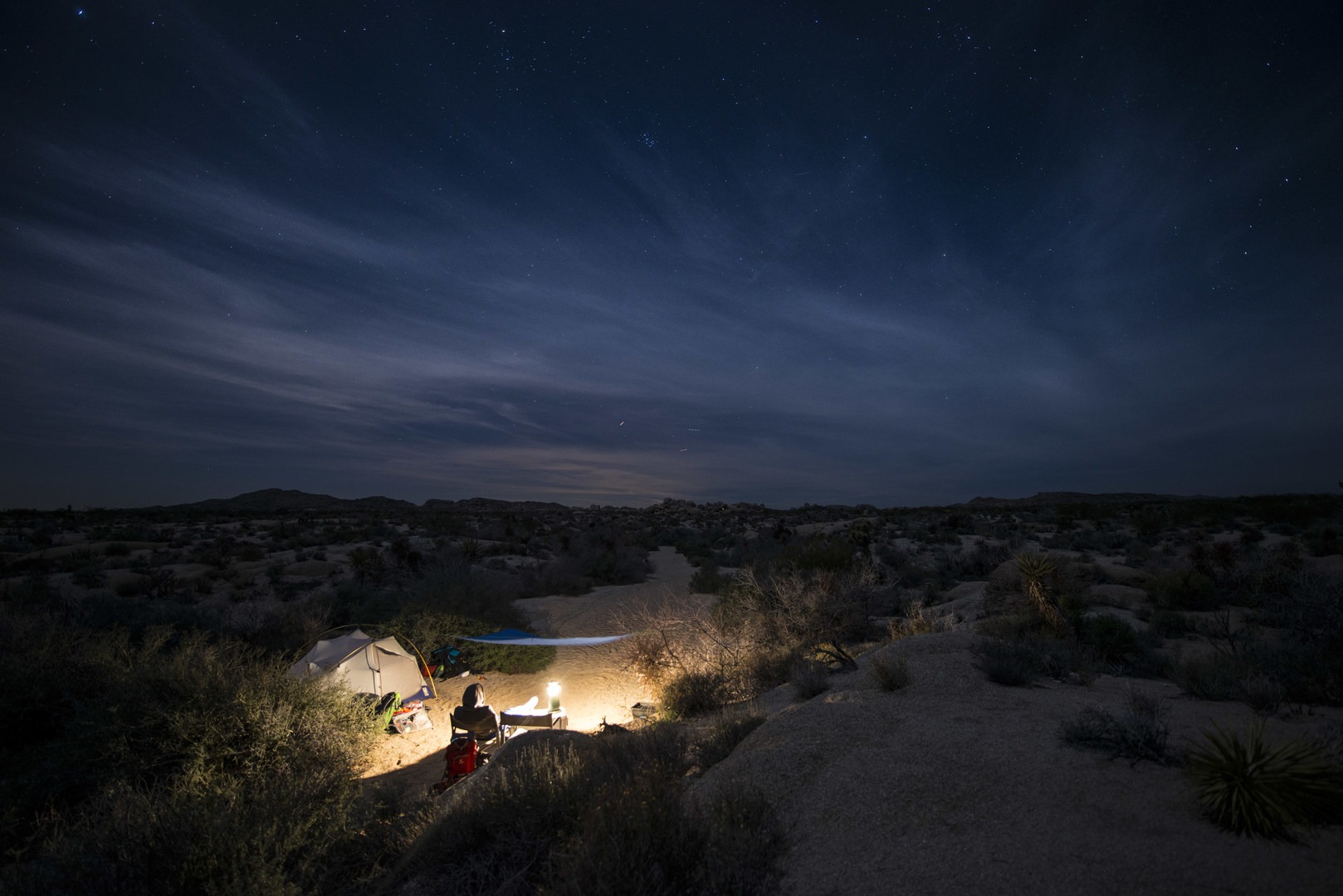













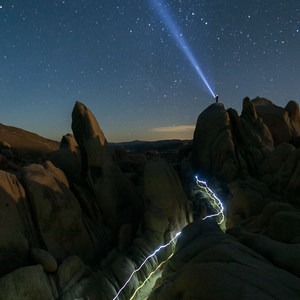
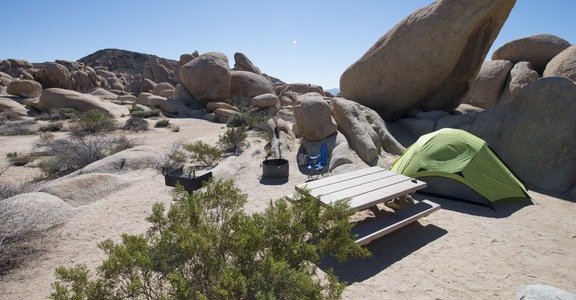
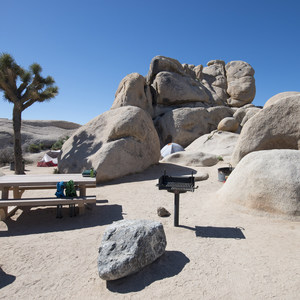
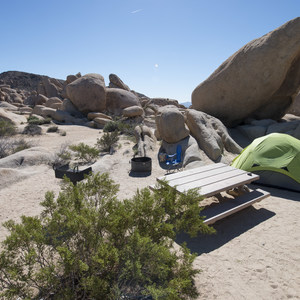

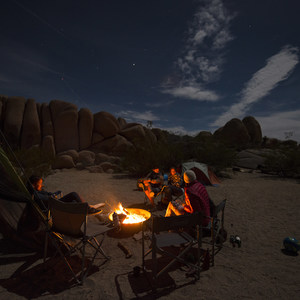



Comments
Sign In and share them.